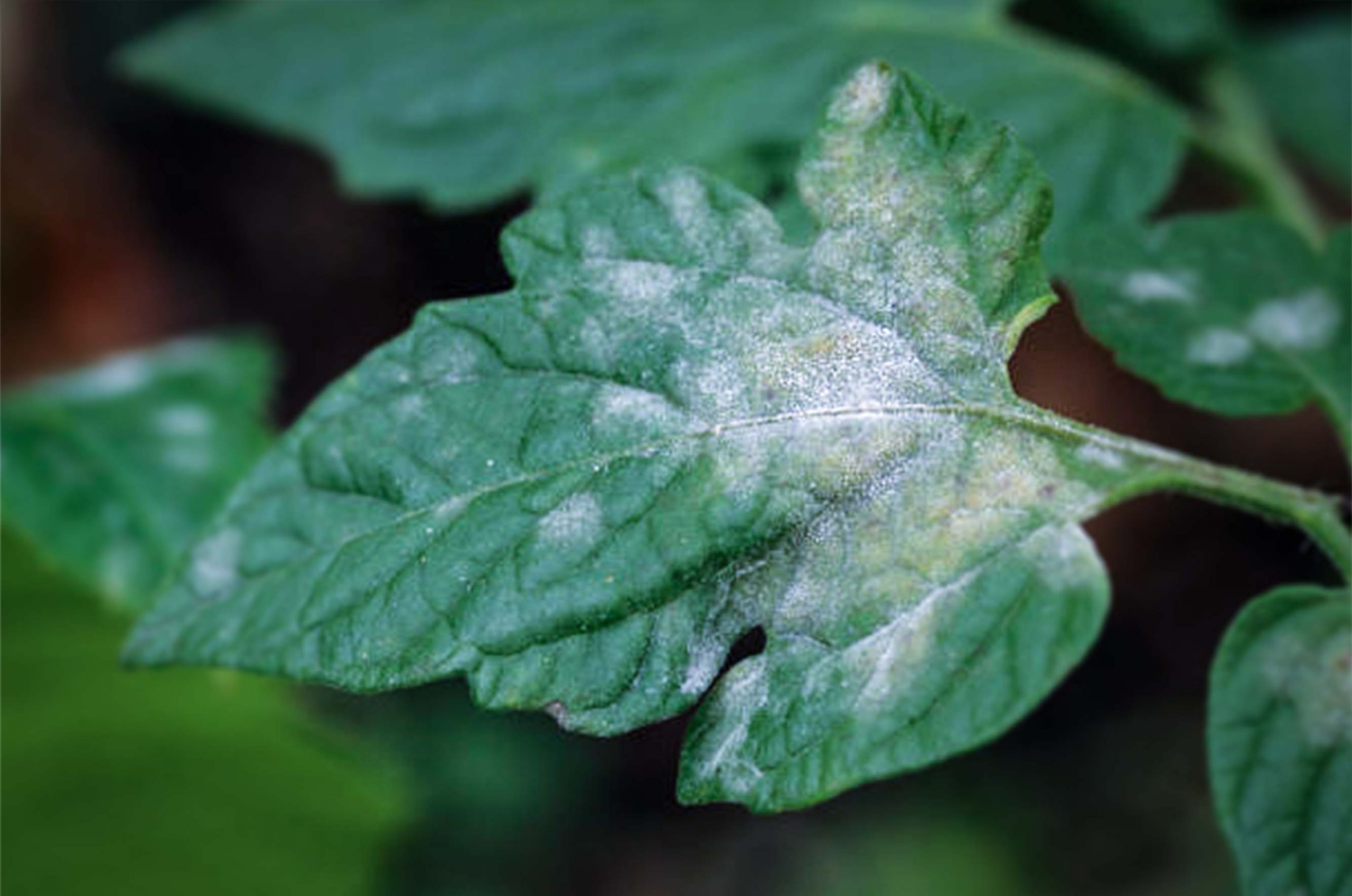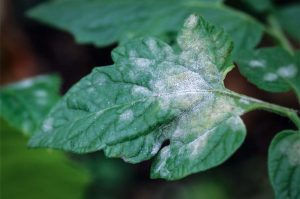Powdery mildew is a fungal disease of worldwide occurrence. It is also commonly known as mildew or white dust.
What causes powdery mildew?
As in case of other fungi, powdery mildew germinates due to:
- Relative humidity between 40 and 80%; in higher humidity, the disease proliferates faster.
- Mild temperatures between 17 and 28 degrees; temperatures above 40ºC stop its development.
- Low light conditions with an incubation period of 8 to 10 days.
Unlike downy mildew, it does not need rain to germinate and only requires humid conditions.
What are the symptoms of powdery mildew?
The most common symptom is a whitish coating or fuzz on buds, leaves, fruits and branches.
The main difference between powdery and downy mildew is that:
- Powdery mildew looks like white powder or superficial ash, whereas downy mildew appears as oily spots on the upper surface and whitish fuzz on the underside as it penetrates the leaves.
How to eliminate it organically?
The most effective way of eliminating powdery mildew is to apply the products when:
- The conditions are suitable for the development of the disease.
- The first signs of the disease appear.
Idai Nature reminds you that you can contact our team through our communication channels if you need an effective solution to combat this disease.










